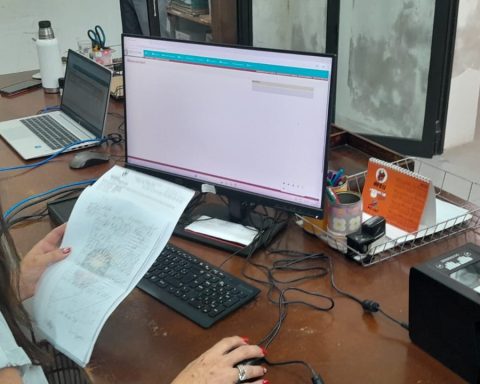February is coming and both those who requested leave for one of the two fortnights as well as those who remain working and must go out to take the bus to go to work, begin to worry about how will the weather be during the second month of the yearespecially after a January in which the temperatures were high and the rains scarce.
The meteorologist Mario Bidegain informed The Observer which is expected a “February more similar to previous years”, due to the fact that the cold phase phenomenon of La Niña is disappearing (which generated the high temperatures and little rain) and the neutral phase is entering. According to Bidegain, as February progresses, episodes of rain will begin to occur more often, with an average of two rainy days per week.
In turn, he pointed that the amount of millimeters of rainwater will increase and it will rain an average of between 15 and 20 mm for each rainy day.
That will also impact temperatures, considered Bidegain. The average will be between a minimum of 22° and a maximum of 27°, and will also see fewer heat wave events compared to Januarywhich were above the average for other Januarys.
“The second half of February will be wetter than the first”, said Bidegain because the La Niña phenomenon will gradually disappear. Regarding the winds, they will also be less, so the contrast between high temperatures and strong winds will be felt less.
However, for José Serra February will have temperatures “above normal” and rainfall “below normal”.
“It will be a February warm and without significant accumulated precipitation“, said the expert; according to his forecast, there will be “any episode” of rainfall -“two or three”, he specified-, but they will not be homogeneous throughout the country, nor will they have significant volumes to combat the current drought.
The water deficit “It will continue,” he asserted.
















